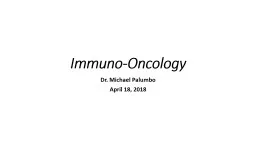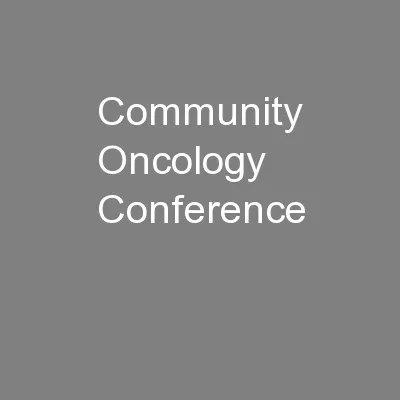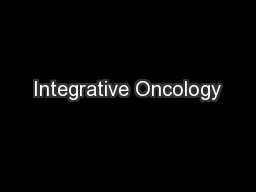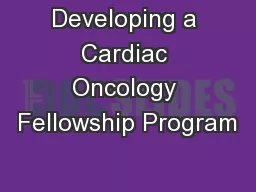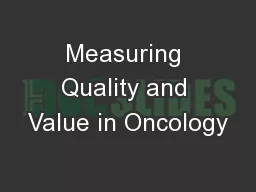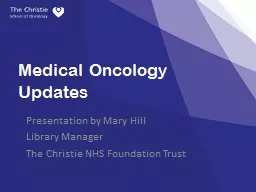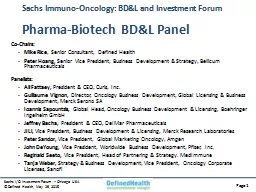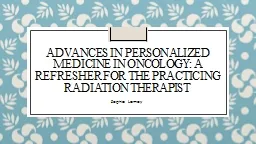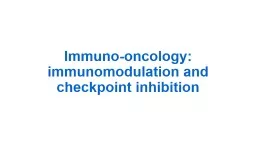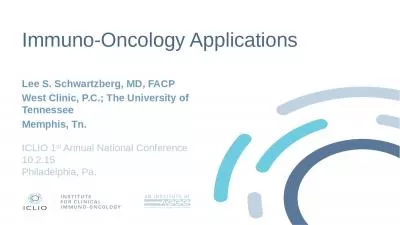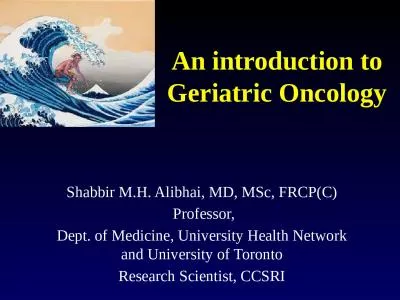PPT-Immuno-Oncology Dr. Michael Palumbo
Author : mofferro | Published Date : 2020-06-15
April 18 2018 ImmunoOncology Activating the immunesystem to fight the cancer via the use of antibodies We have many tumours that form in our body throughout our
Presentation Embed Code
Download Presentation
Download Presentation The PPT/PDF document "Immuno-Oncology Dr. Michael Palumbo" is the property of its rightful owner. Permission is granted to download and print the materials on this website for personal, non-commercial use only, and to display it on your personal computer provided you do not modify the materials and that you retain all copyright notices contained in the materials. By downloading content from our website, you accept the terms of this agreement.
Immuno-Oncology Dr. Michael Palumbo: Transcript
Download Rules Of Document
"Immuno-Oncology Dr. Michael Palumbo"The content belongs to its owner. You may download and print it for personal use, without modification, and keep all copyright notices. By downloading, you agree to these terms.
Related Documents

